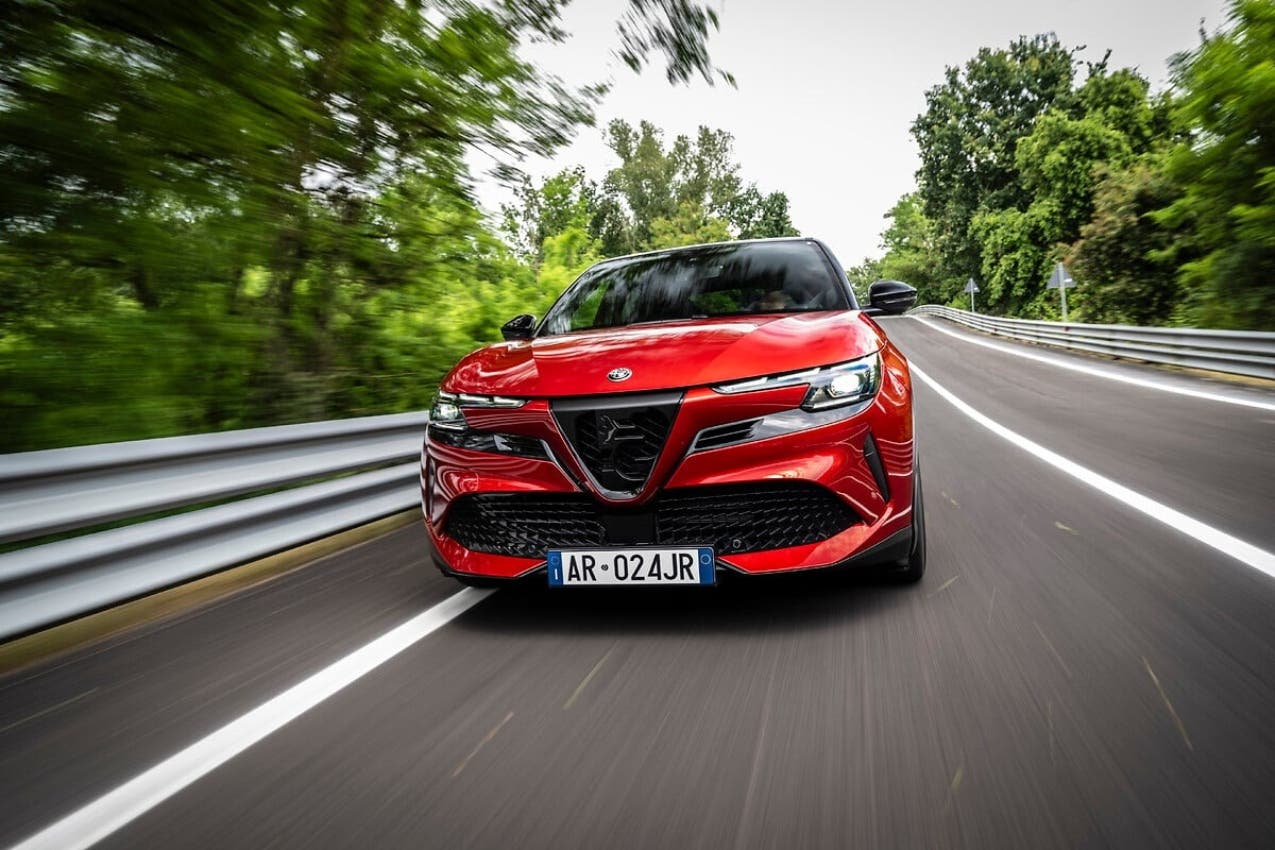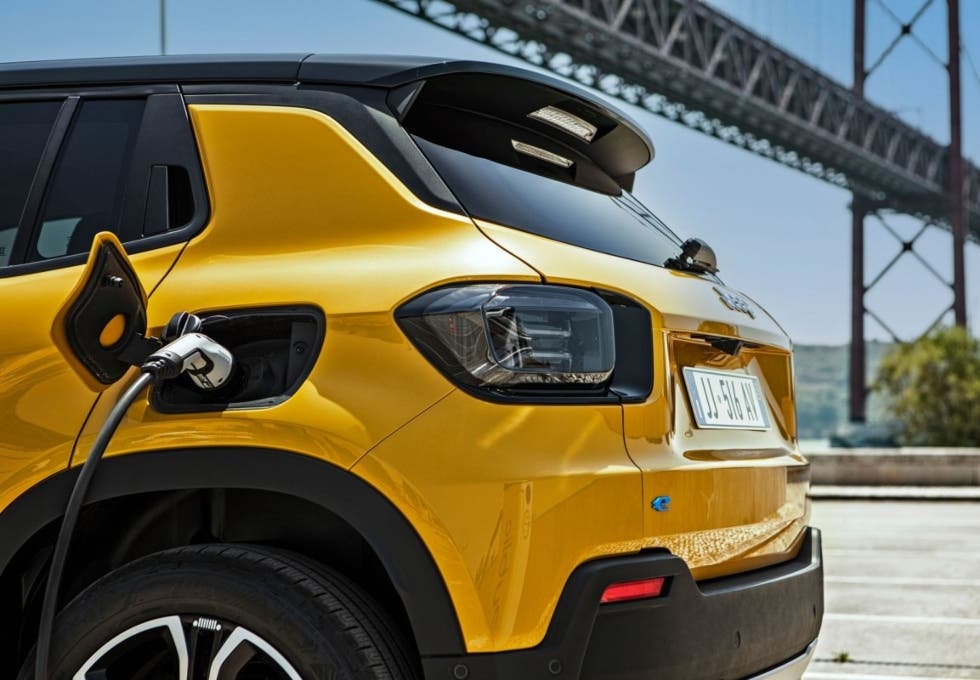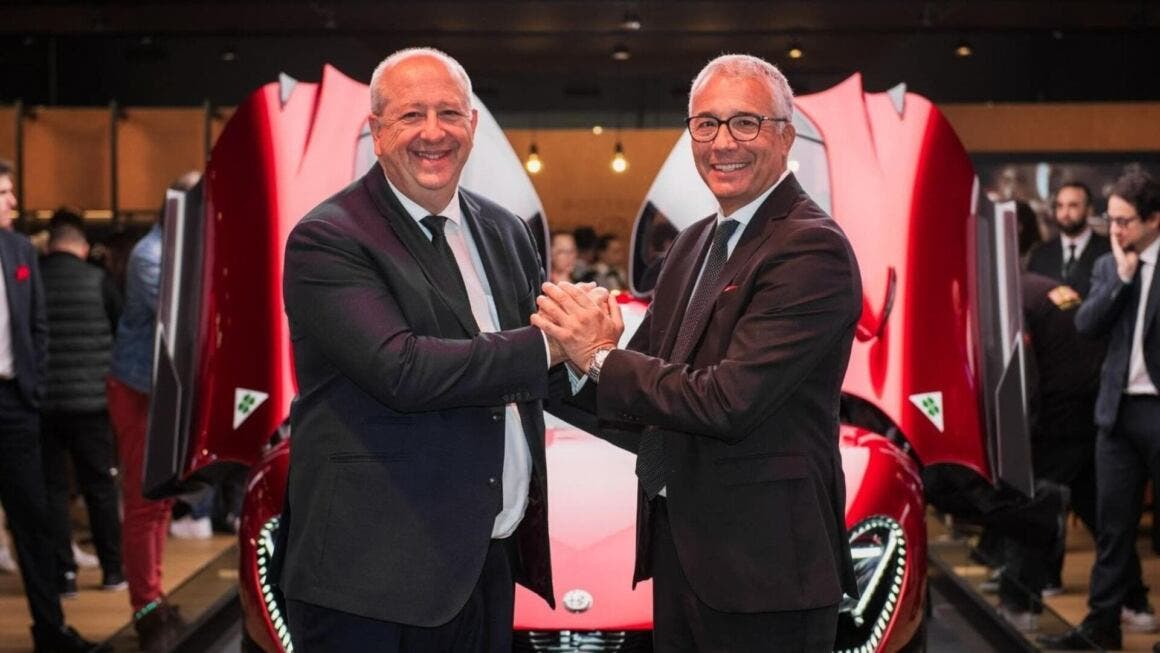Stellantis’ path toward massive electrification of its vehicle lineup has been rather tortuous so far, with some successful projects and many others falling below expectations. The automotive giant hasn’t had the same success as others in pursuing the changing market, forcing it to make corrections along the way. In addition to those already made, it seems we’ll see another one soon, as former Alfa Romeo CEO and Stellantis Europe head Jean-Philippe Imparato has stated that the goal for 2025 is to “multiply hybrid versions across all brand models.”
Stellantis will heavily focus on hybrids in 2025

One of Jean-Philippe Imparato‘s most surprising announcements during the Brussels Motor Show regarding Stellantis concerns the growing difficulty in meeting CO2 targets set by CAFE regulations (average CO2 emission limits per vehicle), which specify a target of 81 g/km for 2025, compared to 95 g/km until 2024. To meet these targets, electric vehicle sales would need to increase, although Stellantis seems to want to focus on hybrids.
Thanks to the multi-energy platforms developed by Stellantis, all models launched in electric versions are also offered with hybrid powertrains. This strategy has already been applied to several group vehicles: from the Peugeot 208 and 2008 to the Opel Corsa, from the C3 to the new 3008, and the Jeep Avenger. The same approach is also used for models like the new Alfa Romeo Junior and the renewed Citroën C4.
This choice might seem contradictory when considering emissions: for example, a hybrid 208 emits between 101 and 104 grams of CO2 per kilometer, while the electric version obviously has zero emissions. These values significantly exceed the average limit of 81 grams set for 2025.

Jean-Philippe Imparato also outlined some new Stellantis strategies: the group has introduced a bonus system in the sales networks of all brands, with specific incentives for dealers selling electric vehicles, to achieve the emission reduction targets set by CAFE regulations.
This incentive policy aligns perfectly with the launch of new affordable electric models like the ë-C3, the electric Fiat Grande Panda, and the Alfa Romeo Junior, which should facilitate reaching sales targets in the battery-powered car segment.
Another strategic move involves the investment in Leapmotor: Stellantis acquired 20% of the Chinese manufacturer and manages 51% of the new Leapmotor International joint venture. This operation, driven by former CEO Carlos Tavares, aims to position Leapmotor as a competitor in the entry-level electric vehicle segment. The goal is to transform a potential competitor into an ally, considering the growing influence of Chinese manufacturers in the electric market.

